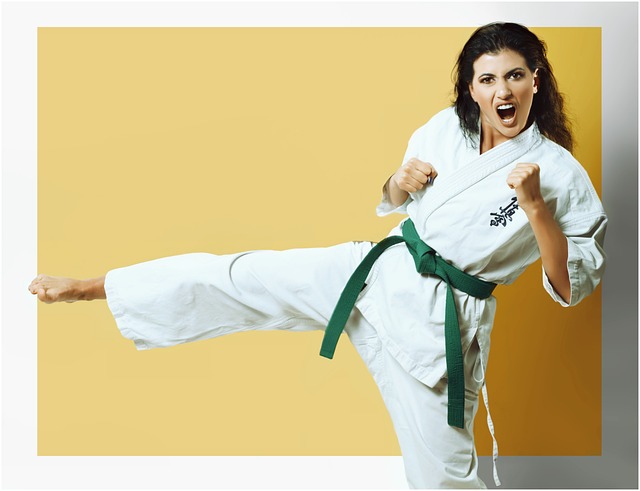Embarking on a journey in karate requires more than just dedication and discipline; it demands the right equipment to support your practice. This article serves as a definitive guide, detailing the essential karate gear every practitioner needs. We’ll explore the qualities of an ideal karate suit, delve into the best gis for karate, and uncover additional training equipment that will enhance your martial arts experience. Whether you’re a beginner or an experienced karateka, understanding what to look for in your gear is key to maximizing your training effectiveness. Join us as we navigate the world of karate essentials, ensuring you’re equipped to perform at your best.
- Essential Karate Gear: The Comprehensive Guide to Choosing Your Karate Suit and Other Necessities
- Breaking Down the Best Gi for Karate Practitioners: Factors to Consider Before Your Purchase
- Beyond the Gi: Additional Karate Equipment That Will Elevate Your Training Experience
Essential Karate Gear: The Comprehensive Guide to Choosing Your Karate Suit and Other Necessities

When venturing into the practice of karate, selecting the appropriate gear is crucial for both performance and safety. A high-quality karate suit, often referred to as a ‘gi’, serves as a practitioner’s uniform and is essential for adherence to the sport’s traditional elements while allowing for ease of movement during techniques like punches, kicks, and blocks. The gi should be made from a durable, lightweight fabric that facilitates mobility without being too cumbersome. Opt for a design with a secure fit to prevent it from catching or hindering movements. The jacket and pants are typically available in various sizes and can be adjusted to fit different body types, ensuring comfort and functionality during training sessions.
In addition to the gi, protective gear plays a vital role in karate practice. While sparring, headgear is indispensable for safeguarding against injuries from strikes. Chest protectors are also recommended to minimize the impact of blows to the torso. Hand and foot protection can be used to prevent sprains and fractures during high-impact training or when practicing with a partner. Mouthguards are another important piece of safety equipment, especially for beginners. When selecting protective gear, prioritize comfort, as it will allow you to focus on perfecting your technique rather than worrying about getting hurt. Remember to choose equipment that meets the standards set by the World Karate Federation or your local karate organization to ensure it provides adequate protection. With the right combination of a well-fitting karate suit and appropriate protective gear, you’ll be well-equipped to train effectively and safely.
